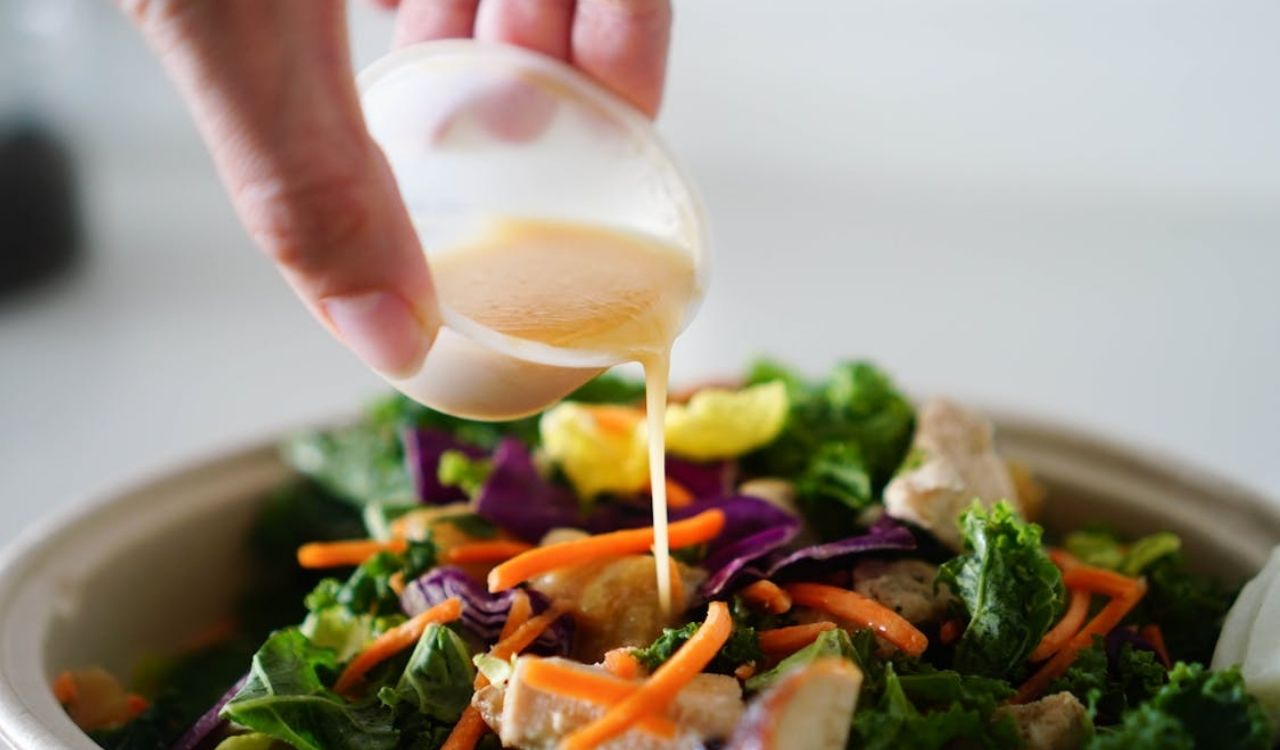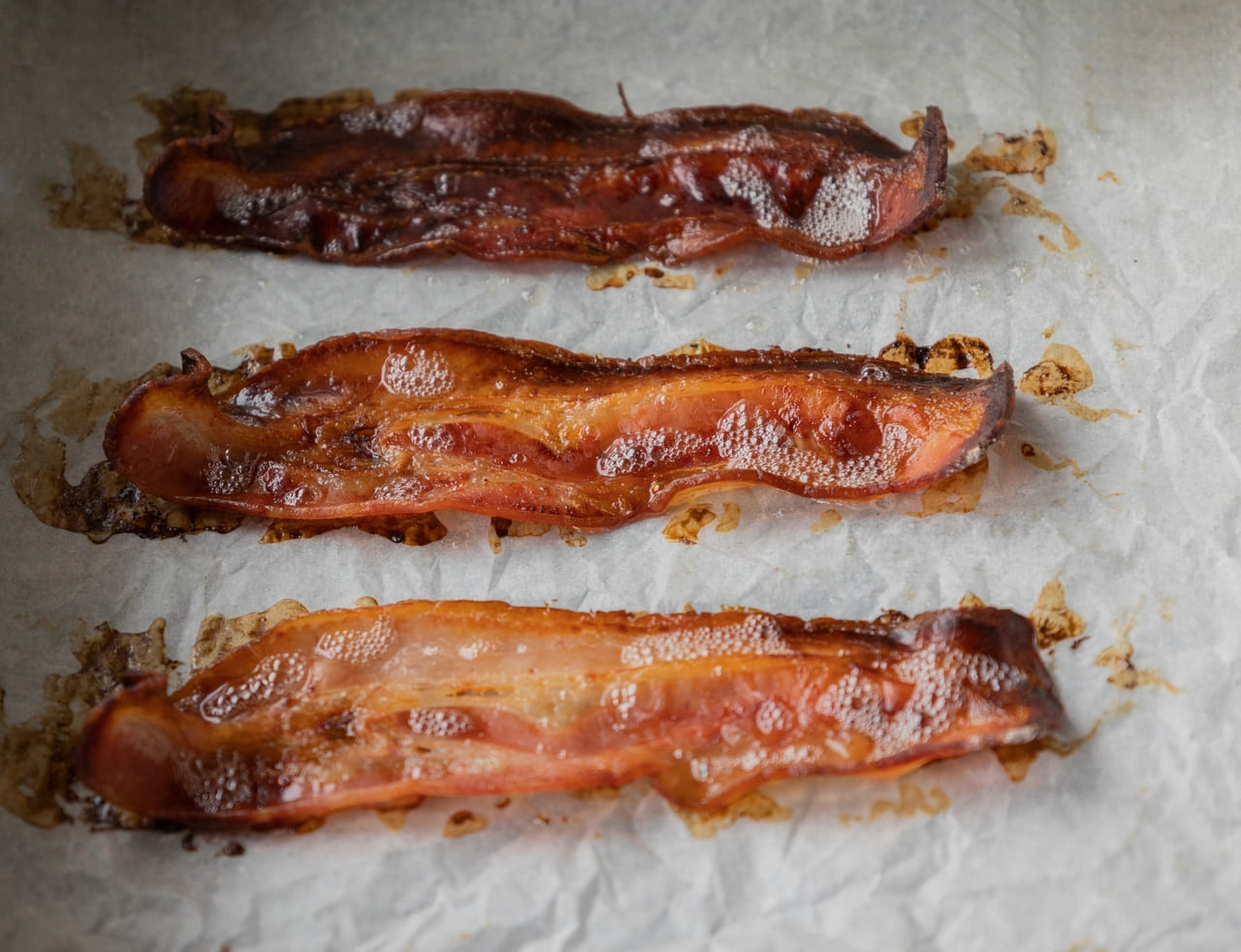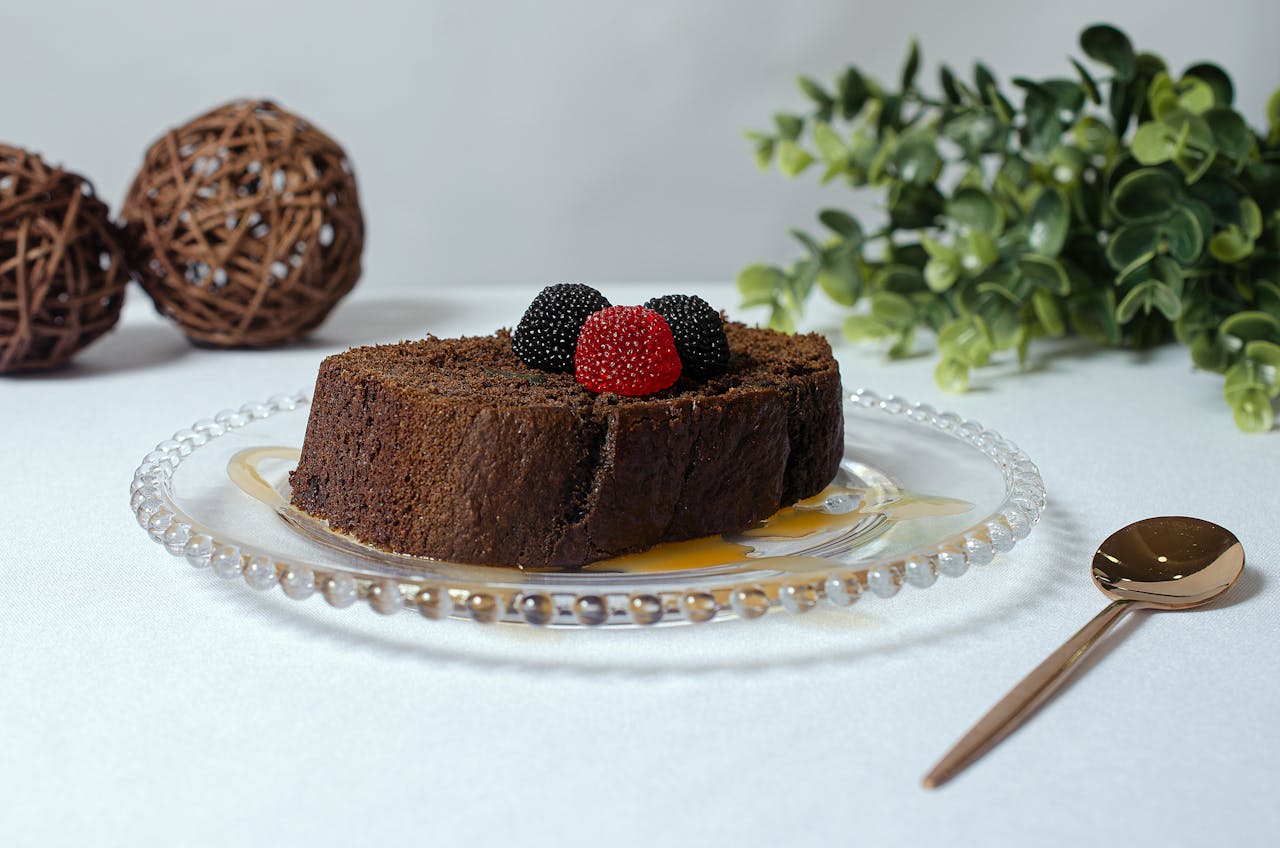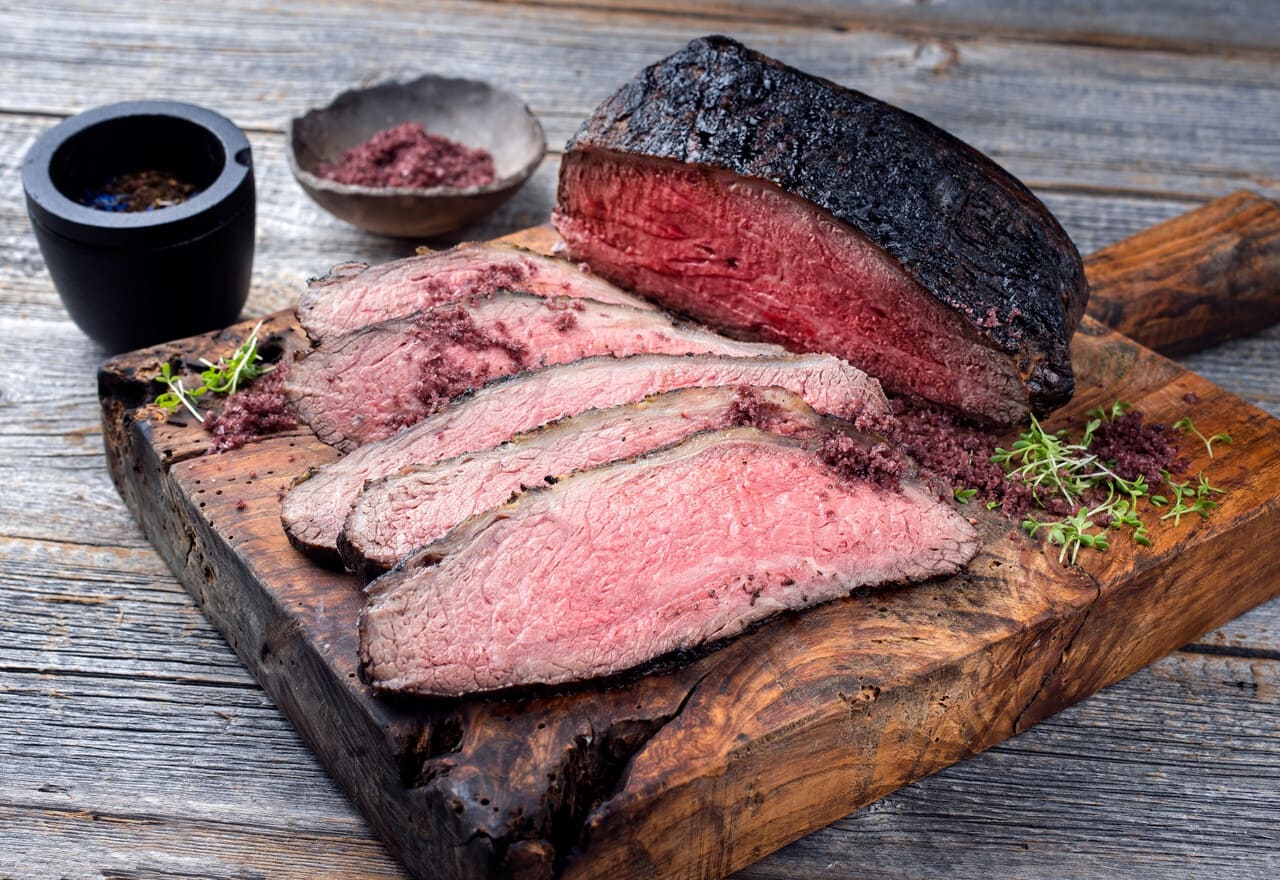10 Vegetables That Actually Taste Better Raw Than Cooked
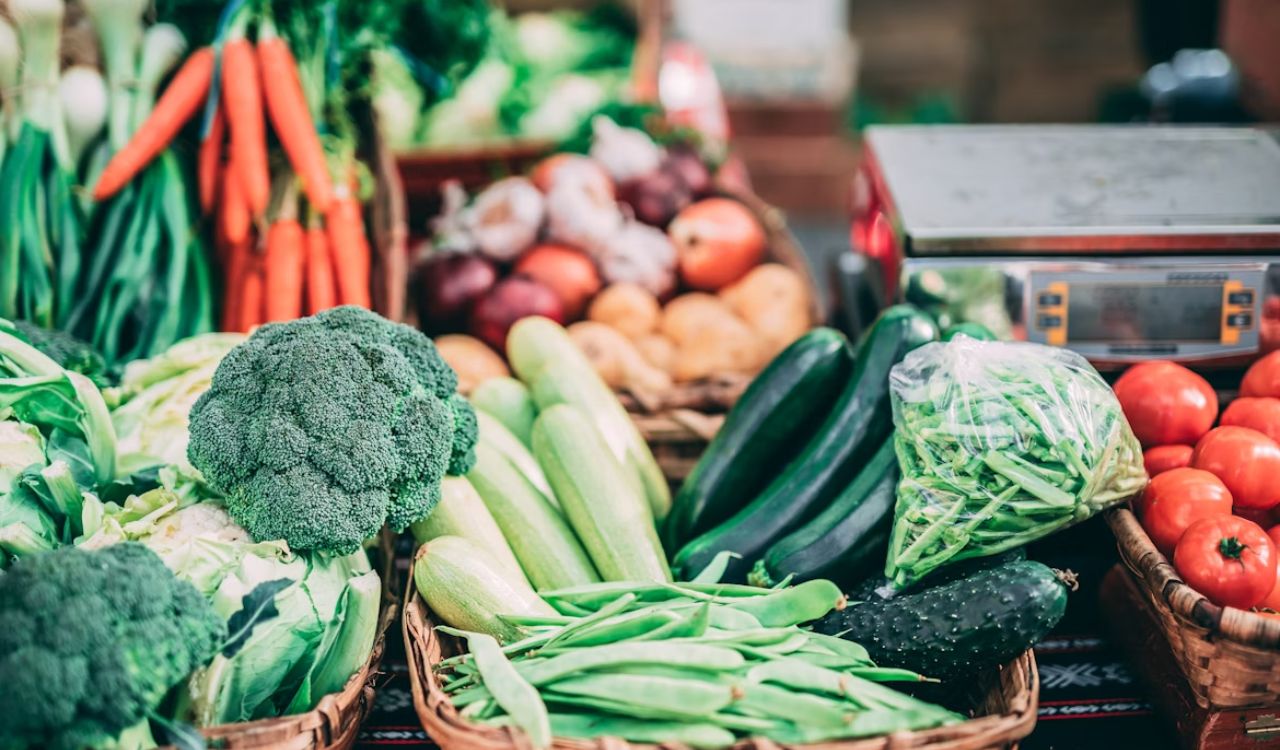
Not all vegetables are best enjoyed cooked. Some lose their bright flavors, satisfying crunch, or even nutritional value when heated. Eating certain vegetables raw allows them to retain their freshness, sweetness, or natural bite, making them more enjoyable straight from the garden. Raw preparations often highlight their purest qualities, whether added to salads, served with dips, or eaten on their own. Here are ten vegetables that taste even better raw than cooked, proving that sometimes less is more when it comes to flavor.
1. Carrots
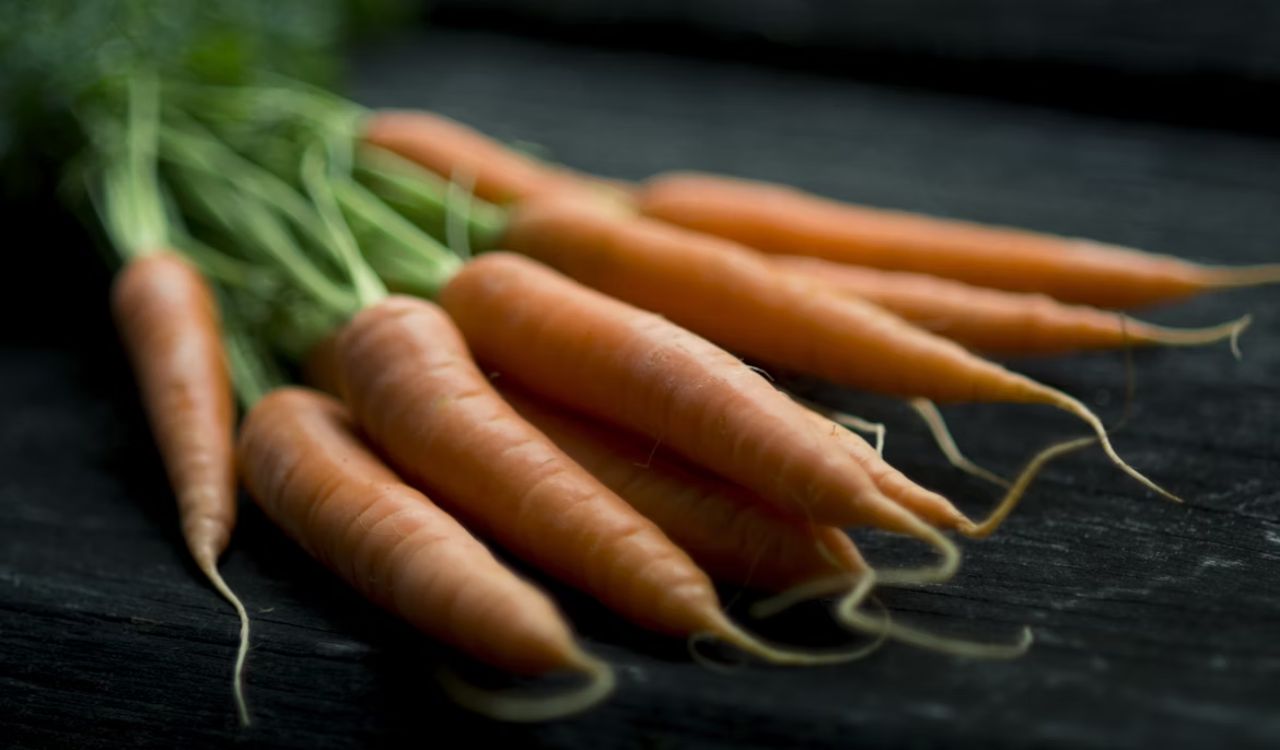
Carrots are naturally sweet and crunchy, making them one of the most satisfying raw snacks. Cooking often softens their texture and tones down that crisp bite, but raw carrots retain their firmness and refreshing flavor. Packed with beta-carotene, fiber, and vitamin C, they deliver both nutrition and satisfaction without much effort. Enjoy them cut into sticks with dip, shredded into salads, or simply eaten whole. Raw carrots are versatile enough to fit into any meal, offering a burst of freshness that cooking sometimes diminishes.
2. Cucumbers
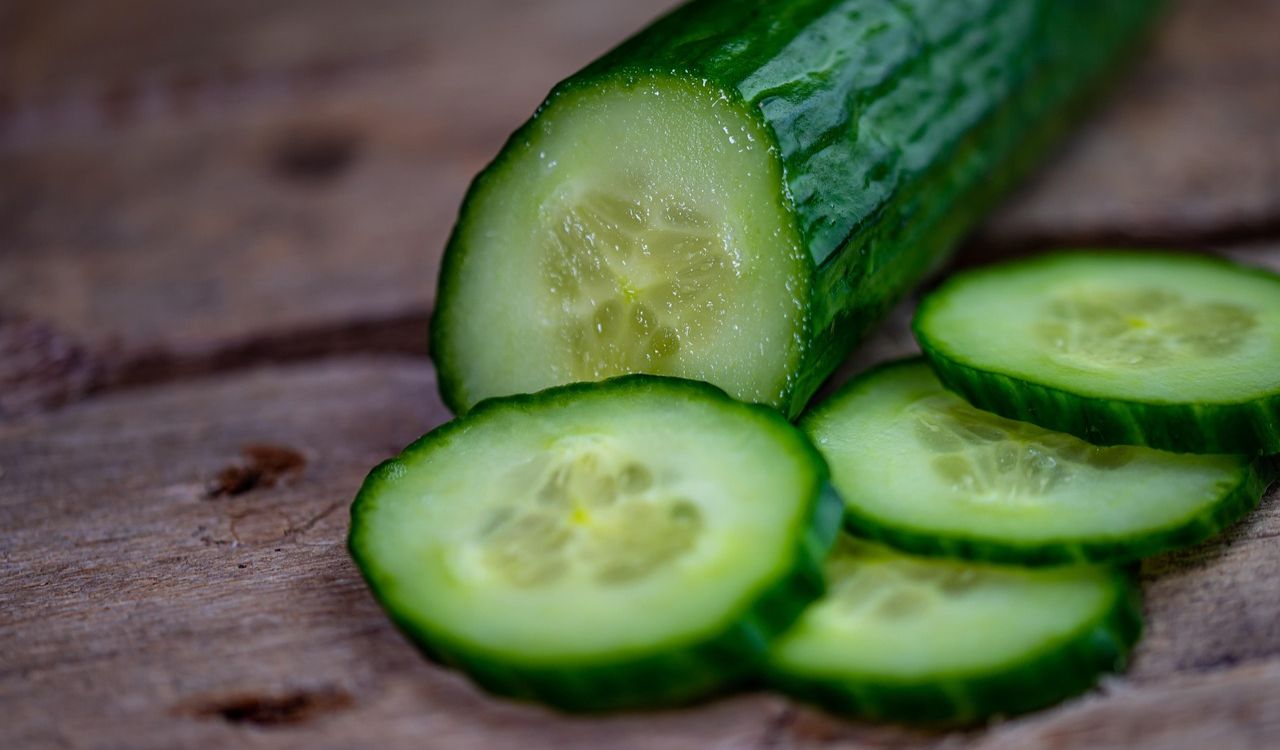
Cucumbers are over 90 percent water, which makes them one of the most hydrating vegetables you can eat raw. Cooking tends to make them limp and watery, stripping away their light, crisp bite. Fresh cucumbers, however, add cooling crunch to salads, wraps, or sandwiches. They pair perfectly with herbs like dill and mint or can be sliced and eaten on their own with a sprinkle of salt. Refreshing and low in calories, cucumbers are best appreciated raw, especially during warmer months when hydration is key.
3. Bell Peppers
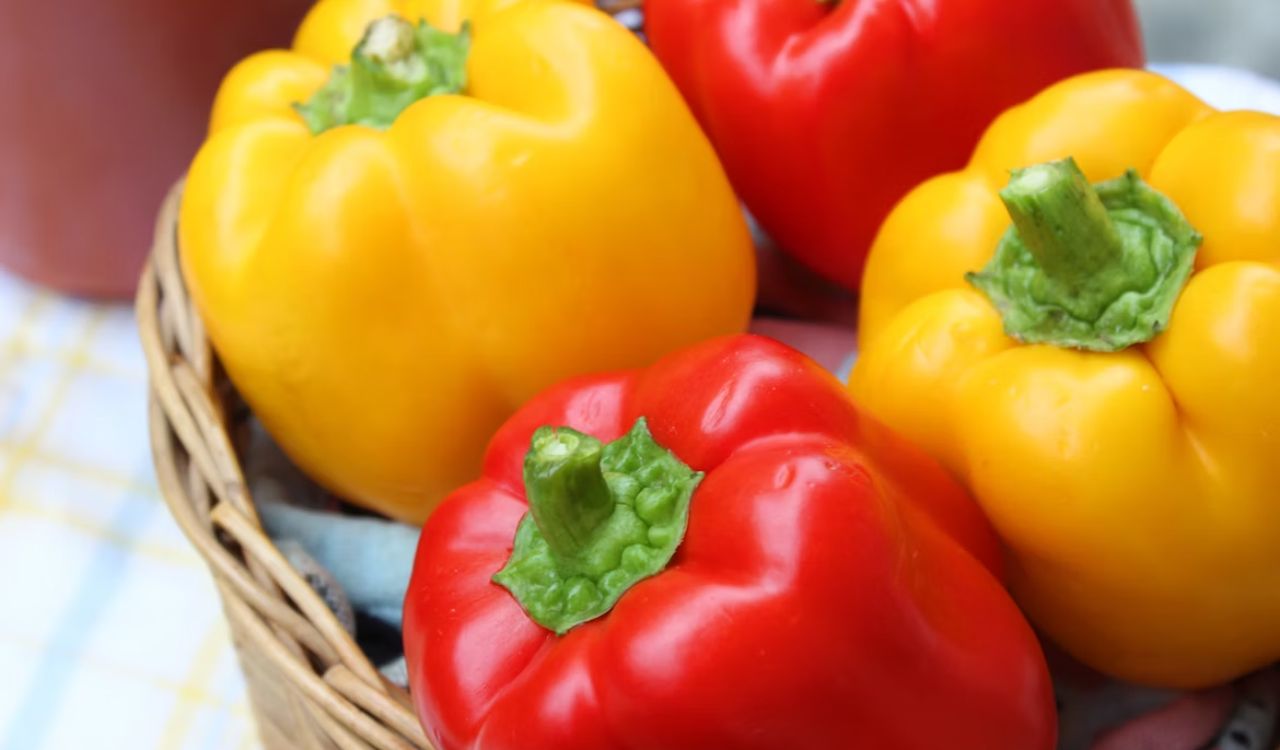
Bell peppers deliver a juicy, sweet flavor that is at its peak when raw. Cooking softens them and sometimes dulls their natural brightness, but eaten raw, they stay crisp and refreshing. Red, yellow, and orange peppers are especially sweet, while green peppers offer a more grassy bite. They are loaded with vitamin C and antioxidants that are best preserved without heat. Sliced into strips, they add color and crunch to salads, wraps, or vegetable platters. Their natural sweetness makes them as snackable as fruit.
4. Spinach
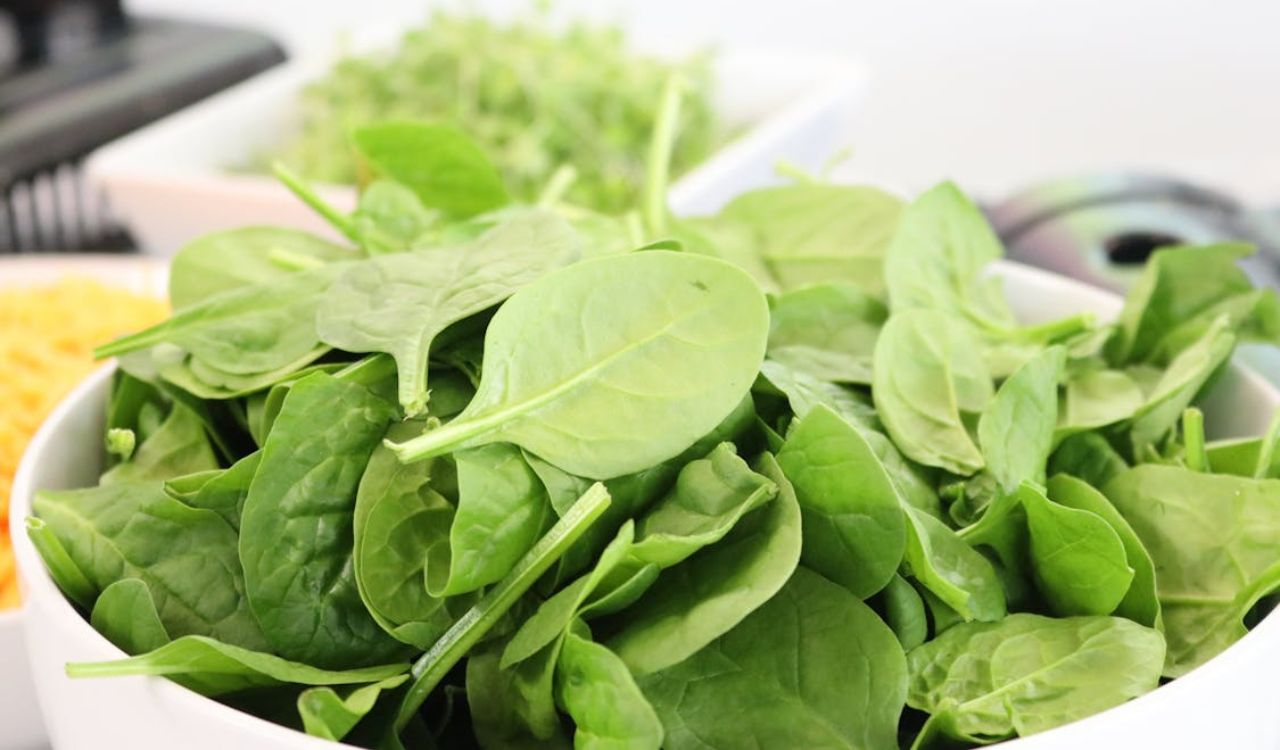
Raw spinach is tender, mild, and versatile, while cooking often reduces it to a smaller, slightly bitter version of itself. Enjoying spinach raw in salads or smoothies ensures you get the full benefits of its nutrients, including iron, folate, and vitamins A and K. Cooking can reduce some of these vitamins, so leaving the leaves fresh preserves their nutritional value. Spinach’s delicate texture mixes well with fruits, nuts, and cheeses, adding freshness to a wide range of dishes. Raw spinach brings balance and lightness that cooking often diminishes.
5. Broccoli
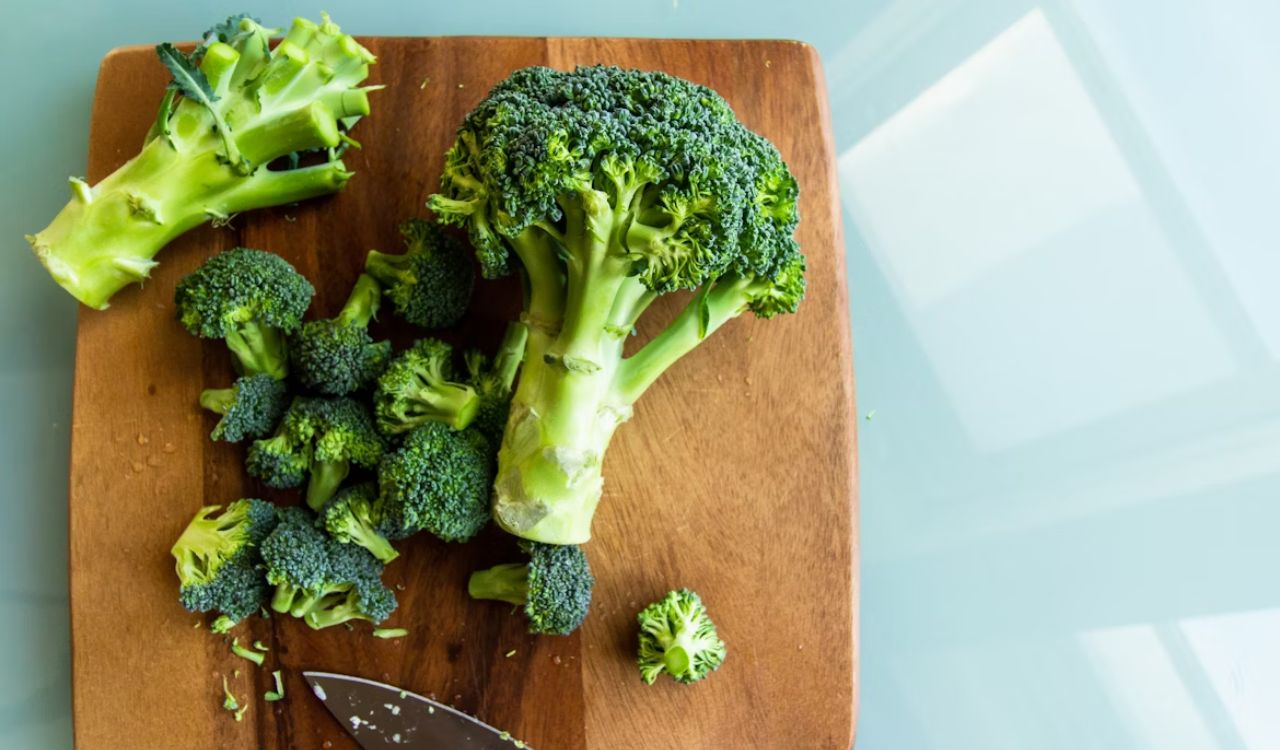
Broccoli has a surprisingly pleasant flavor when eaten raw, offering a crisp, slightly peppery bite. Cooking can soften it too much and bring out bitterness, but raw florets stay firm and refreshing. They pair well with dips like hummus or yogurt dressing and add texture to salads and slaws. Raw broccoli is also rich in vitamin C and sulforaphane, an antioxidant that may be more potent when the vegetable is uncooked. Its crunch and nutritional punch make raw broccoli an underrated but satisfying option.
6. Celery
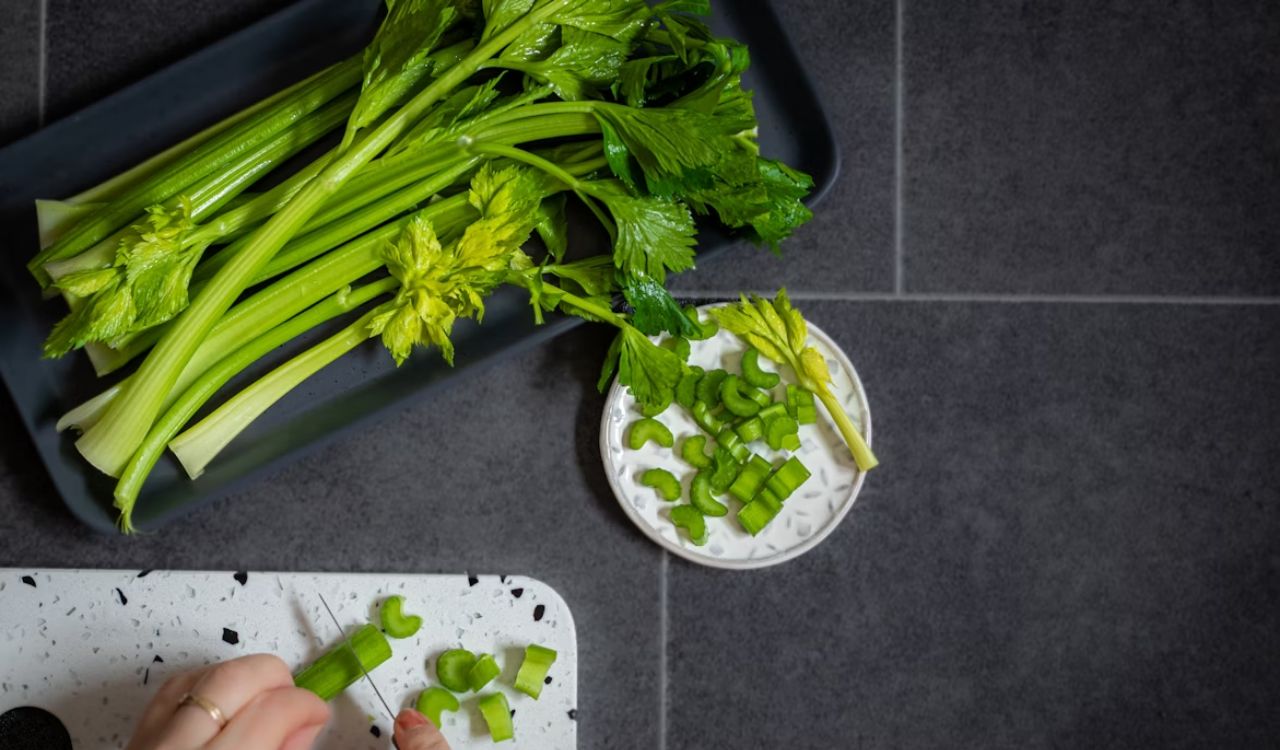
Celery is at its best when eaten raw, offering a refreshing crunch that cooking quickly reduces. Its clean, slightly salty flavor pairs beautifully with dips, nut butters, or spreads, making it a versatile snack. Chopped raw celery also adds crispness to chicken, tuna, or egg salads, elevating their texture. Hydrating and low in calories, celery provides fiber while being light and refreshing. While cooked celery blends into soups and stews, its unique appeal comes from its snap and freshness, best appreciated raw.
7. Radishes
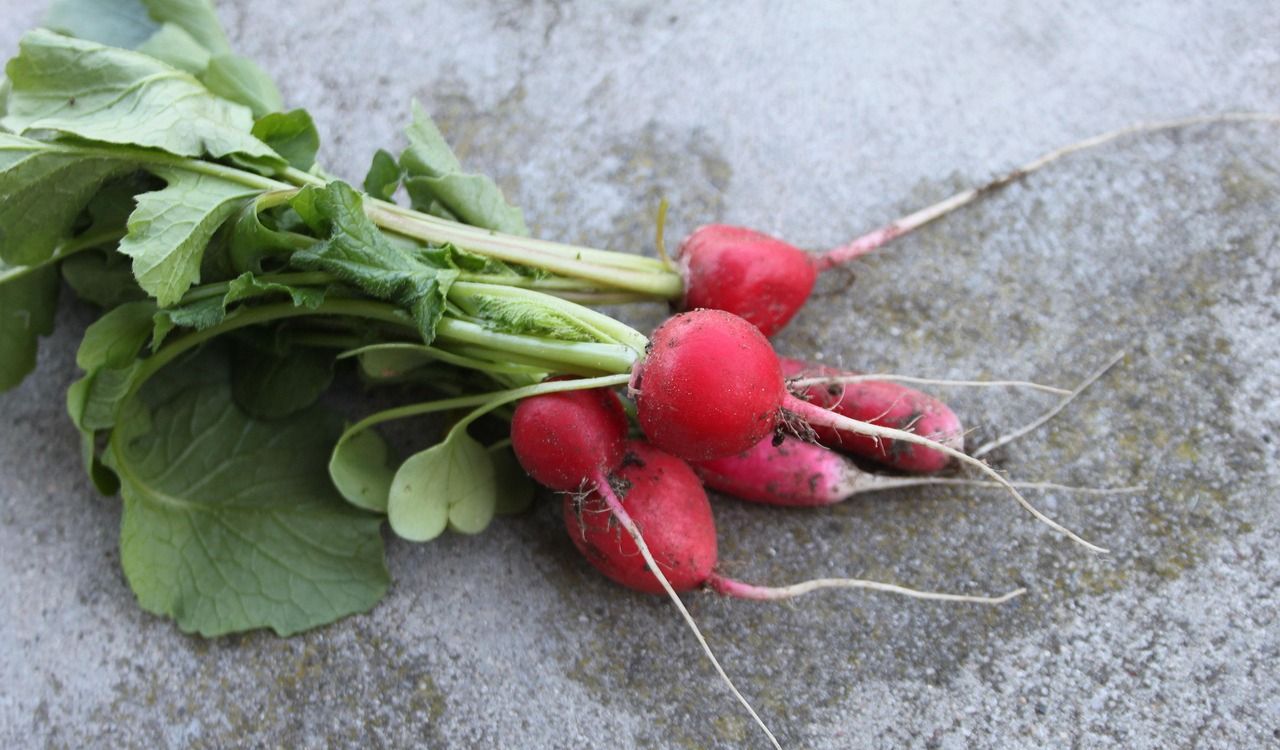
Radishes are sharp, peppery, and crisp when eaten raw, but they lose much of that bite when cooked. Their vibrant crunch adds brightness to salads, tacos, and grain bowls, or they can be enjoyed simply with butter and salt. Low in calories but rich in vitamin C and antioxidants, radishes bring both nutrition and flavor. Their striking color makes them visually appealing, while their zingy flavor wakes up even simple dishes. Fresh and uncooked, radishes show off their best qualities.
8. Kale
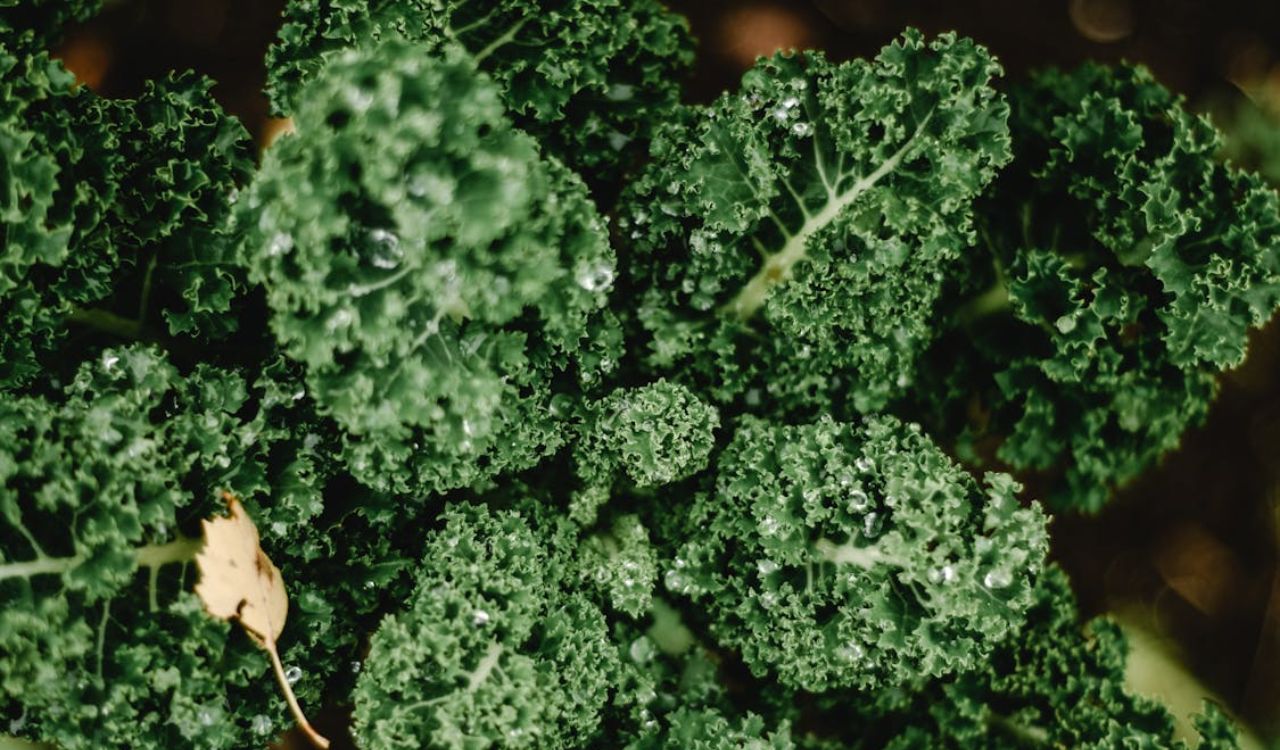
Raw kale has a hearty crunch and earthy, slightly nutty taste that can be lost during cooking. Massaging the leaves with olive oil, lemon juice, or vinegar helps soften their toughness while enhancing sweetness and flavor. This makes kale ideal for raw salads that feel substantial yet fresh. Nutrient-dense and packed with vitamins A, C, and K, kale eaten raw provides maximum benefits. When prepared properly, raw kale is both tender and flavorful, offering a healthier, brighter alternative to its cooked version.
9. Cherry Tomatoes
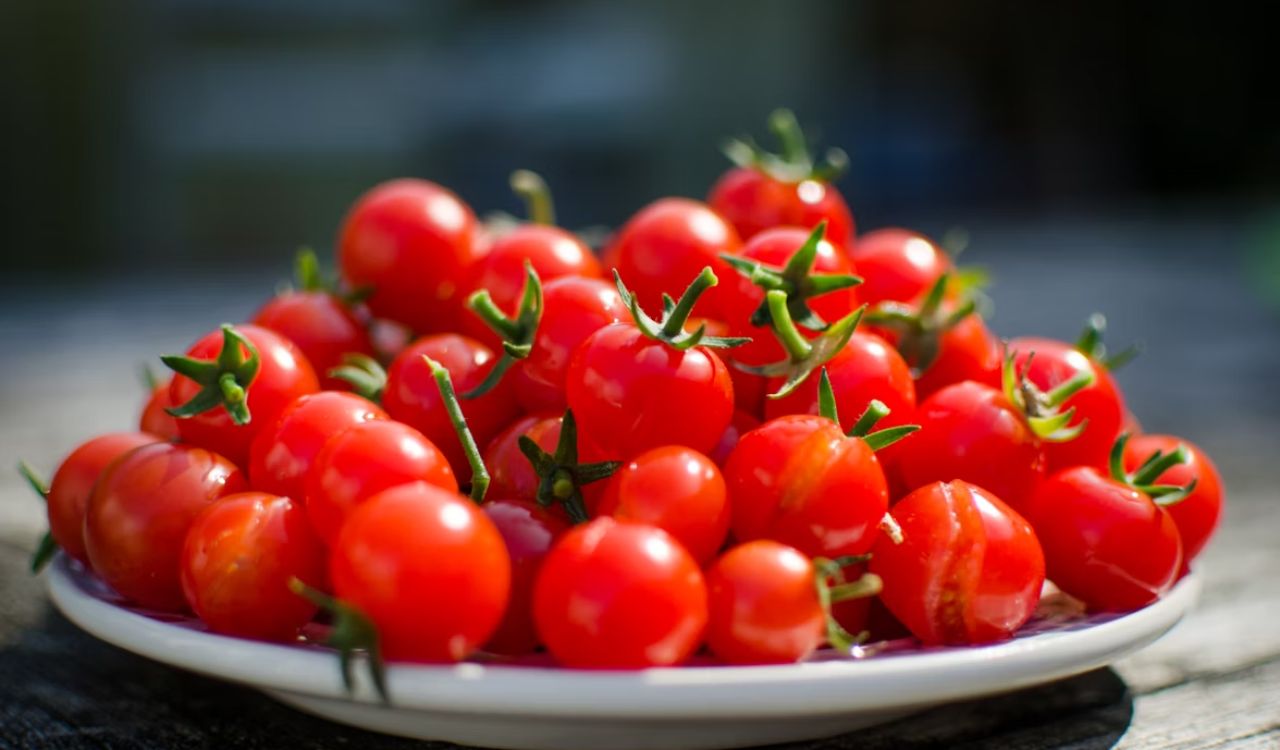
Cherry tomatoes are naturally sweet and juicy when eaten raw, with a refreshing burst of flavor in every bite. Cooking concentrates their sweetness but also softens their texture, sometimes losing their bright, fresh quality. Raw cherry tomatoes are full of vitamin C and antioxidants like lycopene, making them both delicious and nutritious. Perfect as a snack, tossed in salads, or layered on sandwiches, they provide color and vibrancy. Their crisp juiciness makes them far more refreshing uncooked than when heated.
10. Snap Peas
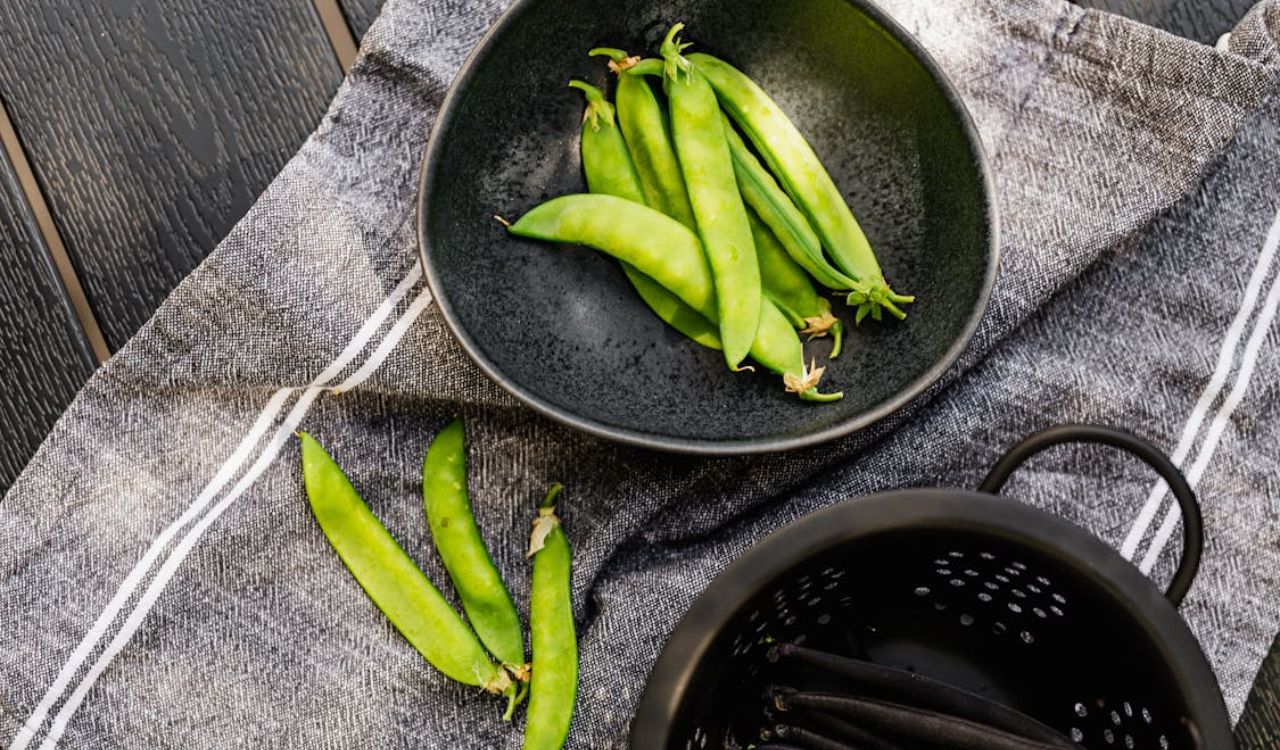
Snap peas are crisp, sweet, and refreshing, making them an ideal raw snack. While cooking dulls their bright flavor and crunch, raw snap peas offer the perfect balance of sweetness and texture. They are great eaten straight from the pod, paired with dips, or tossed into salads. Snap peas are also a good source of vitamin C, fiber, and folate, which are best preserved when raw. Their garden-fresh taste and crisp snap make them one of the best vegetables to eat uncooked.



